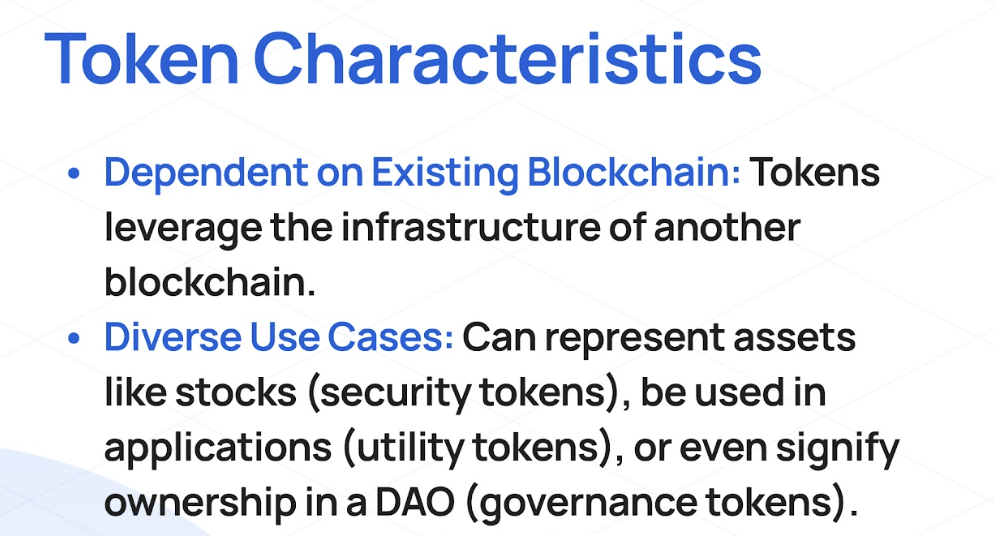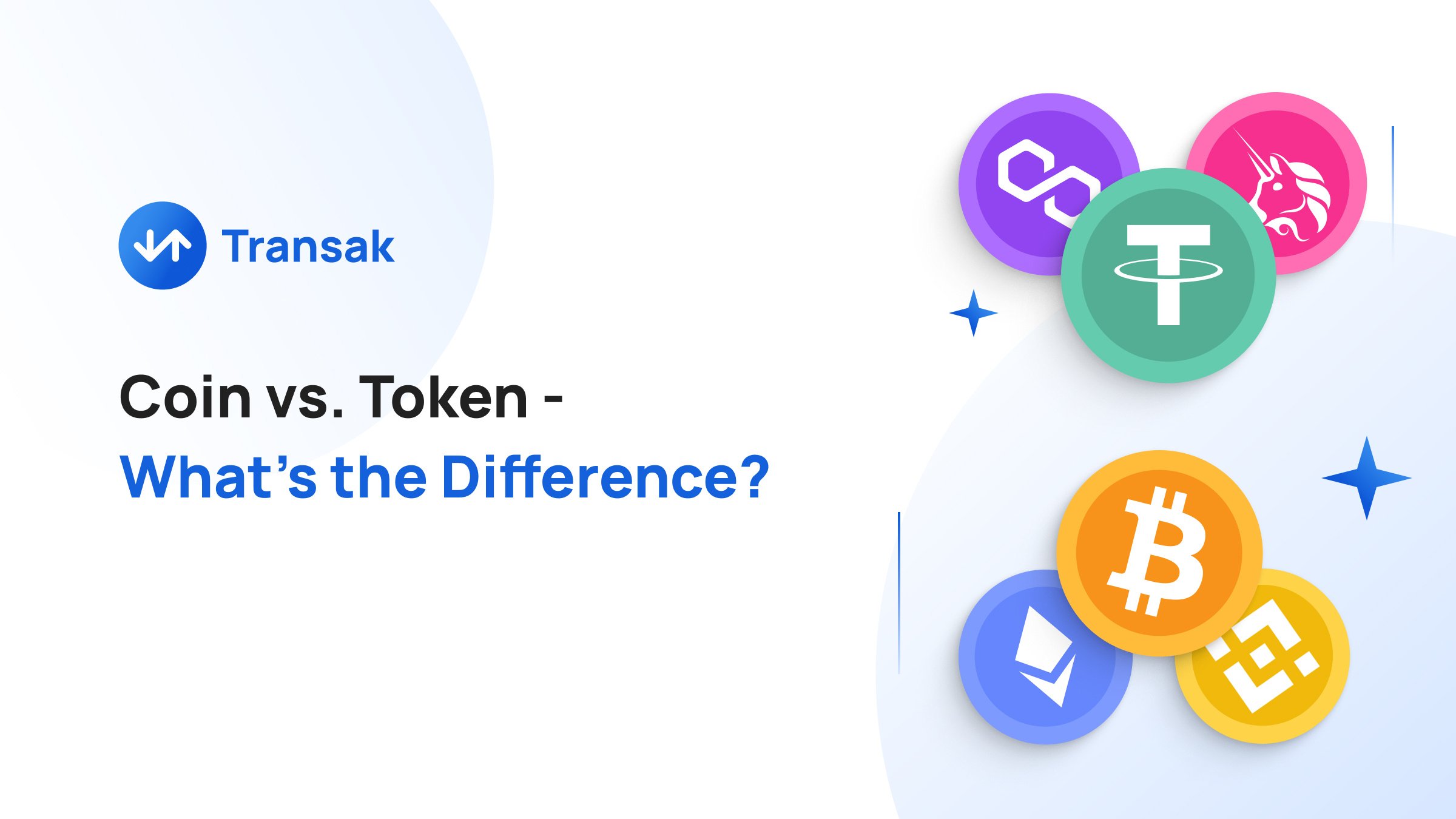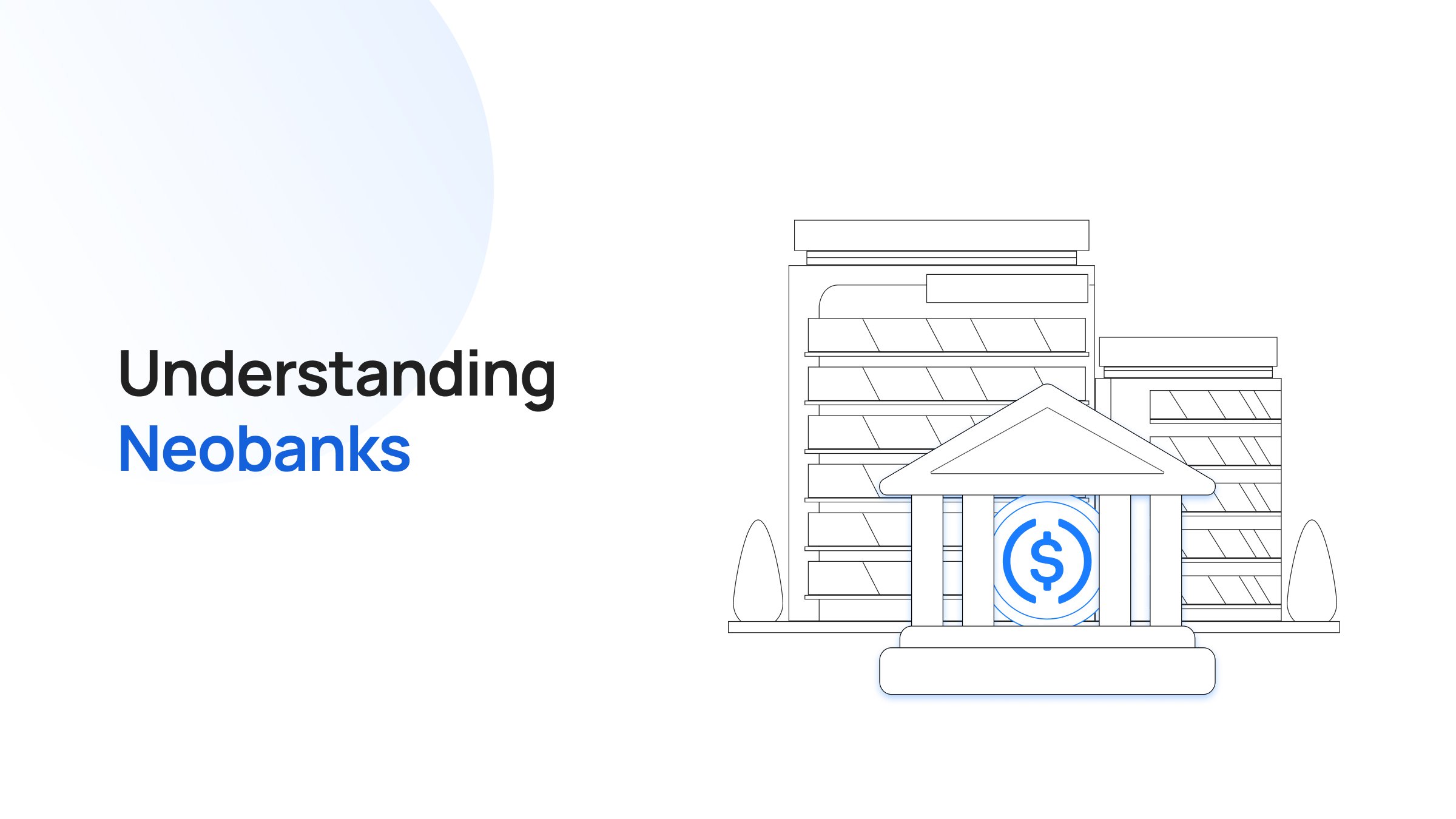Crypto coins and tokens are among the most commonly used terms in the crypto ecosystem and are often mistakenly interchanged. Although both share similarities, there are significant differences that distinguish between them.
Both coins and tokens are powered by distributed ledger technology (DLT) to offer their users a wide range of features and functionalities like digital storage, asset tokenization, staking, yield farming, etc., that are essential for the development and adoption of web3.
In this article, we’ll uncover the differences between coins and tokens in crypto.
What is a Crypto Coin?
Crypto coins are the native digital assets of an independent blockchain. For example, if you notice a cryptocurrency that operates like Ethereum blockchain’s ether (ETH), then it's a coin.
You can use these coins to store value and act as a medium of exchange for network-based transactions. This feature of crypto coins resembles that of fiat currencies, and hence, they are addressed as cryptocurrencies.
Crypto coins are also referred to as layer-1 coins as they represent the primary blockchain layer. For this reason, fast, scalable, and cost-efficient blockchains like Solana’s layer-1 coin, SOL, are used for features like paying transaction fees, interacting with dApps, and more.

What are the Use Cases of Crypto Coins?
The major use cases of crypto coins include the following:
Store of Value
Crypto coins can function as a store of value like fiat currencies. This feature plays a crucial role in institutions' and professional traders' consideration of cryptocurrencies as an investment and trading instrument.
Moreover, the limited total supply makes such coins deflationary, creating a potential for a long-term value surge. For example, the maximum supply of BTC, limited to 21 million, makes it an investment tool, with big names like BlackRock offering Bitcoin ETFs.
Medium of Exchange
The decentralized nature of crypto coins helps you facilitate transactions without the need for traditional financial institutions like banks. As a result, this exchange process works like a charm for sending tokens without even creating an account.
Crypto coins also allow you to conduct frequent microtransactions with lower fees per transaction. This feature helps offer subscription services, donations, or rewards to your favorite content creators.
Cross-border Payments
Crypto coins solve the pain points that users face while transacting foreign payments. Firstly, the fees charged for the transaction are high and vary based on the payee’s jurisdiction.
Secondly, the complex process takes longer as multiple parties are involved in this cross-border transaction. Here, coins help users transfer assets while paying low fees and making faster transactions without any geographical limitations.
Online Payment
You can check out your online purchases using crypto coins with supported merchants. For example, Microsoft has been using Bitcoin(BTC) as a payment method since 2014 to buy Windows OS, phones, and Xbox.
The inclusion of crypto coin-based payouts is beneficial for both merchants and buyers. Merchants can save on the additional charges associated with traditional payment gateways, whereas buyers can benefit from faster transactions and better security features.
Powering Decentralized Finance (DeFi)
Decentralized finance (DeFi) offers transparent, efficient, and cheaper alternatives to traditional financial services. Crypto coins are a major component fueling the function of DeFi-based platforms or apps.
You can use these coins to participate in DeFi activities such as yield farming, staking, borrowing, or lending without going through complex verification or paperwork. For example, lending platforms offer more convenient options, like taking a loan against your digital assets in a few minutes.
How Crypto Coins Work
Crypto coins function similarly to traditional currencies, where they are used for digital payment in a decentralized manner. Here, all the transactions are updated and recorded on the blockchain network, making data manipulation impossible.
New coins are created into circulation by rewarding validators using blockchain consensus mechanisms. The two popular consensus mechanisms used in the crypto space include:
- Proof of Work (PoW): In a PoW consensus mechanism, miners compete to solve complex puzzles using high computational power to earn rewards in the form of crypto coins. For example, winning Bitcoin miners receive BTCs after a new block is added to the blockchain.
- Proof of Stake (PoS): With the PoS consensus mechanism, validators need to lock a blockchain’s native coin to gain rewards in return. Ethereum follows this energy-efficient consensus mechanism and rewards validators with newly issued ETHs as part of the network transaction fees.
Crypto coins have a limited or unlimited total supply. For example, BTC has a fixed total supply of 21 million coins, whereas ETH has an infinite supply.
What is a Crypto Token?
Crypto tokens are digital assets built on top of a layer-1 blockchain. They are created to offer a wide range of functionalities for the blockchain network, such as security, utility, or governance.
For example, ‘The Sandbox’ is a metaverse on the Ethereum blockchain. Here, this virtual platform’s utility token, ‘SAND’ created using Ethereum’s ERC-20 token standard, is used for participation, value transfer, staking, purchasing digital assets, governance, etc.
Crypto projects choose blockchains based on their overall functionality, allowing them to offer their users the best interface without compromising security and privacy. For this reason, developers prefer top blockchains like Ethereum, Solana, and BNB Chain for token creation.

What are the Use Cases of Crypto Tokens?
Tokens are classified into different types based on their use cases, such as:
Security Tokens
Security tokens started to gain popularity among investors following the bad reputation of ICOs in 2017. The emergence of projects that aimed to scam investors forced government authorities to introduce tokens with a strict regulatory framework.
These tokens also provide ownership to the holders of the underlying assets that they represent, like gold, stocks, or other assets. Issuing security tokens through security token offerings (STOs) also increases the liquidity of traditionally illiquid assets like real estate.
Governance Tokens
Governance tokens were introduced to strengthen the decision-making process in the blockchain ecosystem. Holders of these tokens are offered voting rights to participate in a project’s major decision-making processes.
These tokens help in establishing trust among the members and help to improve the project’s development without any bias. The project also rewards users for their contribution to strengthening and securing the network based on the number of governance tokens they hold.
Utility Tokens
Utility tokens facilitate conducting certain activities on a specific blockchain network without providing any ownership rights or value guarantee. Utility tokens gained popularity during the initial coin offering (ICO) boom, and these tokens are now issued through initial exchange offerings (IEOs) and initial DEX offerings (IDOs).
These tokens help you access services of crypto projects through dApps, such as buying digital items. For example, you can use The Decentraland project’s MANA token to customize your digital avatar and participate in gaming activities.
Non-Fungible Tokens (NFTs)
NFTs are irreplaceable tokens that represent real-world products like music, art, videos, or games. Their non-fungible nature allows ownership verification and prevents the creation of duplicate digital items.
The token standard used to create NFTs varies depending on the blockchain used to mint these non-fungible tokens. For example, Ethereum offers token standards like ERC-721 or ERC-998 to mint new NFTs.
How Crypto Tokens Work
Crypto projects build tokens on top of layer-1 blockchain to offer users various functionalities, such as interacting with dApps. To create tokens, developers don't need to start from scratch like crypto coins.
Each blockchain offers a specific token standard that developers can use to build custom crypto tokens. For example, Ethereum’s ERC-20 token standard was used to create tokens like Tether (USDT) and USD Coin (USDC).
Further, a project can use different token offering methods like:
- Initial Coin Offering (ICO): ICOs allow investors to buy tokens just like buying the stocks of companies through initial public offerings (IPOs). The simplified yet risky ICOs went to peak during 2017-18 and dropped later following numerous ICO scams.
- Security Token Offering (STO): STOs provide security tokens that represent real-world assets like real estate, stocks, or bonds. These offerings are highly regulated by government bodies to safeguard investor’s funds.
- Initial Exchange Offering (IEO): IEOs are a type of crowdfunding model token offering conducted through centralized crypto exchanges (CEXs). Binance Launchpad is a popular IEO platform that facilitates token offerings for projects in return for listing fees.
- Initial DEX Offering (IDO): In IDOs, tokens are offered to investors through decentralized exchanges (DEXs) without any central authority. Projects prefer IDOs for quick listing as they have a low entry barrier compared with STOs and IEOs.
Crypto Coins vs. Crypto Tokens
Parameters |
Crypto Coins |
Crypto Tokens |
|
Blockchain |
Operates on its blockchains. |
Operates on existing blockchains. |
|
Quantity |
One coin for a blockchain. |
Numerous tokens exist on a single blockchain. |
|
Functionality |
Primarily functions as a store of value and to conduct transactions. |
Functions such as utility, governance, security, etc. |
|
Liquidity |
Tends to have higher liquidity. |
Comparatively lesser liquidity. |
|
Issuance |
Mined or earned through consensus mechanisms like PoW or PoS. |
Issued using ICOs, STOs, IEOs, or IDOs accordingly. |
|
Supply |
Fixed maximum total supply in most cases with a few exceptions like ETH. |
Depends entirely on the token supply that the project decides. |
|
Interoperability |
Limited to its native blockchain. |
Supports multiple blockchains. |
Popular Crypto Coins
- Bitcoin (BTC): In 2009, BTC was launched as the world’s first truly decentralized cryptocurrency. It is a store of value and a means of conducting peer-to-peer transactions without the need for any central authority.
- Ether (ETH): Ether is the native cryptocurrency of the Ethereum blockchain. It facilitates smart contract functionalities, allowing crypto projects to build their dApps, such as exchanges, marketplaces, lending platforms, and more.
- Binance Coin (BNB): BNB is the native coin of the BNB Chain ecosystem built by the largest crypto exchange, Binance, that facilitates various purposes like trading, fee payments, travel booking, project funding, etc.
Popular Crypto Tokens
- Tether (USDT): USDT is the largest stablecoin pegged 1:1, with the US dollar constituting almost 70% of the total stablecoin market cap that follows multiple token standards such as ERC-20, TRC-20, etc.
- Polygon (MATIC): MATIC is the native ERC-20 token of the Polygon ecosystem that facilitates paying transaction fees and interacting with dApps with high speed and reduced fees.
- Uniswap (UNI): Built using the ERC-20 token standard, UNI functions as the governance and utility token for the decentralized exchange (DEX), Uniswap facilitating token holders to vote and swap with other crypto tokens seamlessly.
Conclusion
Both crypto coins and tokens are important components built on blockchain, which helps in the smooth functioning of the crypto ecosystem. Simply put, coins function on their native blockchain, whereas tokens operate on an existing blockchain.
Understanding the difference between coins and tokens helps to avoid confusion while interacting with crypto platforms. Most importantly, the ability to spot a coin and token helps to make wiser decisions while trading and investing in crypto assets.






